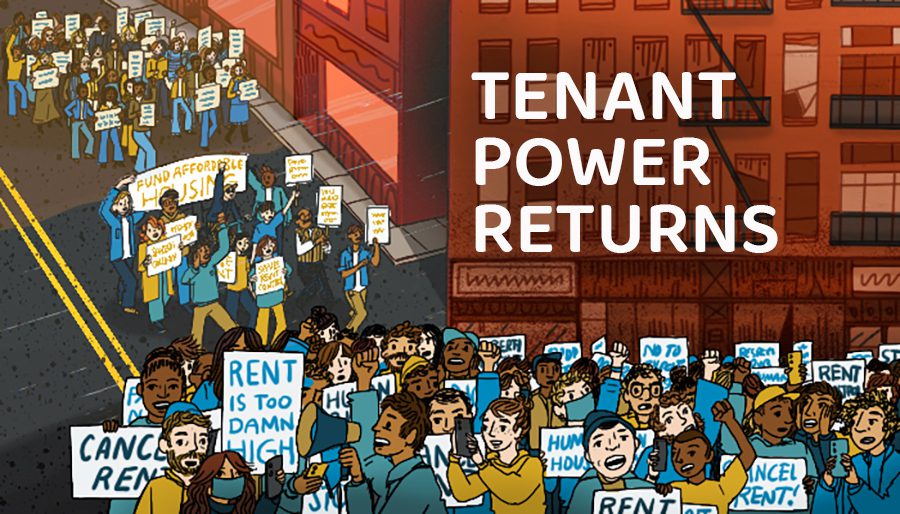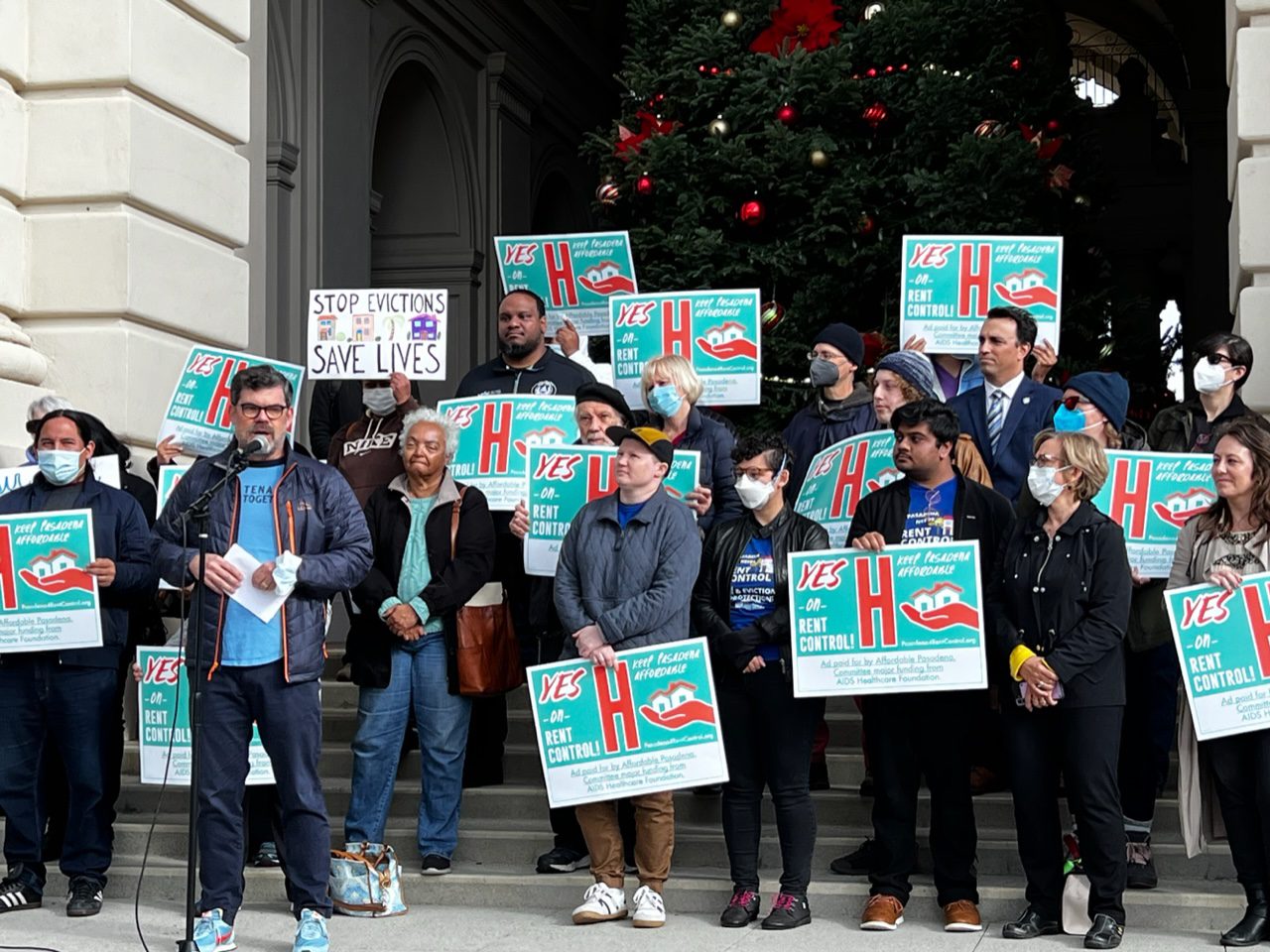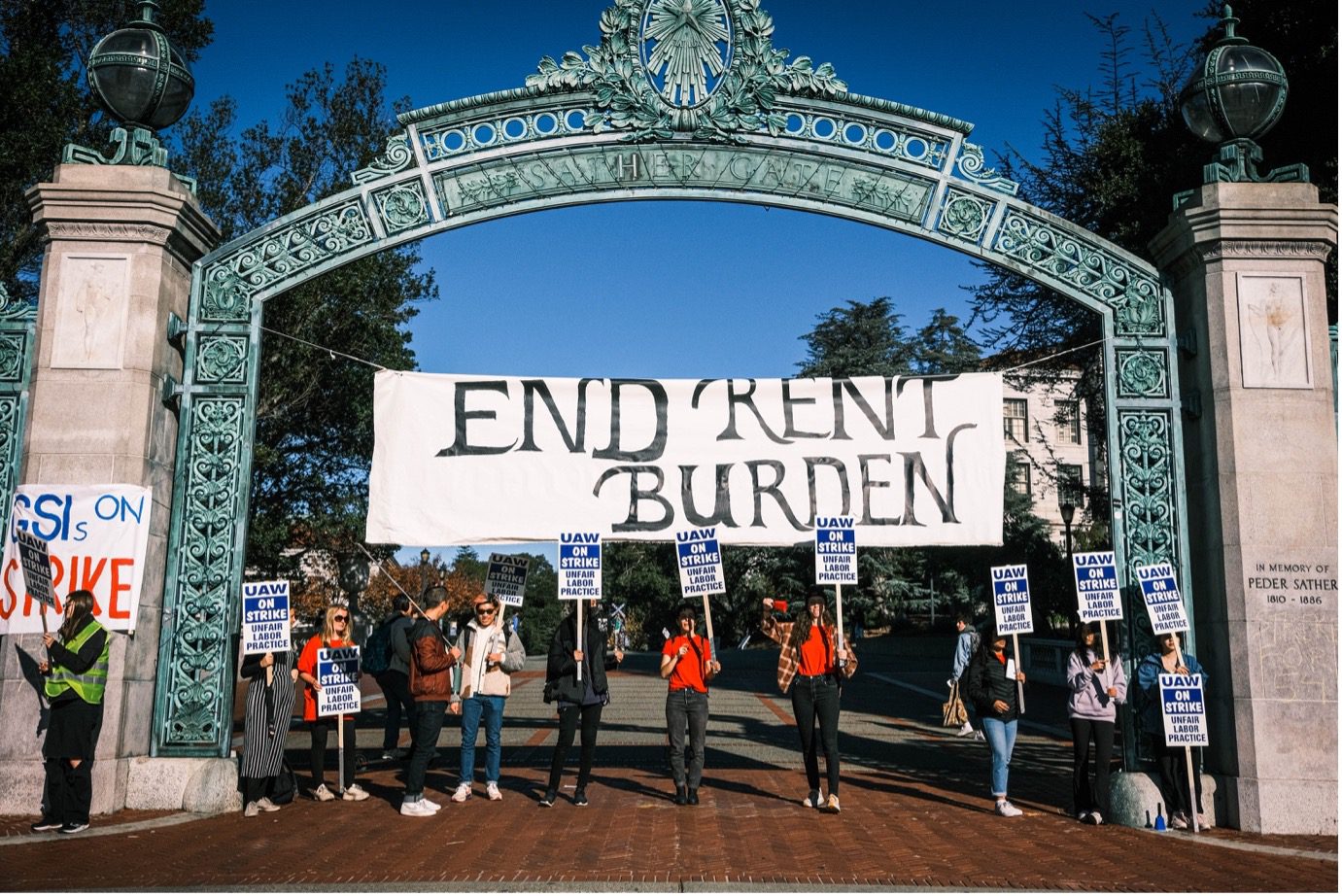This article is part of the Under the Lens series

Illustration by Lucy Engelman/ Resistance Communications
In Antioch, California, a recently approved rent stabilization ordinance was backdated to August to forestall landlords from jacking up prices in anticipation of it going into effect.
In East Boston, more than 100 apartments were transferred away from a corporate landlord to a nonprofit community land trust. The win comes after seven years of organizing against the landlord, who had been trying to displace the households.
These are just two of many recent victories that came after we wrapped up editing for our latest Under the Lens series—Tenant Power Returns. Right to counsel laws are spreading. Good cause eviction policies are on the agenda in numerous places. The pace of the news is a testament to how strong and active the tenant organizing movement is right now.
It hasn’t always been like this. In 1999, a couple of years after I first joined Shelterforce, we ran an article called “Whatever Happened to the Tenants Movement?” It laid out a relatively bleak picture: Longstanding tenant organizations were holding on by their teeth. Most of their energy was being spent fighting attacks on existing tenant protections—sometimes successfully, sometimes not—and providing individual legal help and advice.
The energy and focus in the housing world at the time—even at Shelterforce, because that’s what our readers were doing—was primarily in community reinvestment, promoting homeownership, and trying to maintain public funding for affordable housing. Some amazing work was done in all those areas, and continues to be done. To achieve housing justice, those things need to be complemented by a strong, proactive tenant movement. But for a while that understanding was missing.
It’s not anymore.
In this series, Shelterforce is going to back to its roots in tenant organizing. It’s a natural progression from our last series on the financialization of housing, seeing as most of that series’ authors listed stronger tenant protections as a major way to disrupt the extractive real estate business models they were describing.
But protect them how? From what, exactly? So that’s where we’ll start, explaining in depth the top components of what many organizers call a tenants bill of rights, and giving you accessible ways to share them with others. Of course we’ll be looking at the details of how some recent tenant organizing wins happened. And because Shelterforce stands at the intersection of many different parts of the housing world, we’ll be wrapping up by looking at some interactions between tenant organizers and others.
We’ll also look back at the wave of tenant organizing that coincided with Shelterforce’s formative years, and the more recent history that has shaped the current tenant movement, from the foreclosure crisis through the pandemic. I must warn you that the concerns and dynamics that influenced the National Tenants Union in the 1980s, and its goals, are going to sound eerily familiar. After all, the things you need to ensure a stable home haven’t changed all that much. However similar they sound though, it is also a different time, with new leaders, new context, and new tactics.
In 2018, I noted that the foreclosure crisis had disrupted the assumption of a progression from renter to homeowner, and it vastly increased the presence of single-family rentals. I also noted that today’s tenant movement has its own interest in ownership—blending organizing for tenant protections at scale with an interest in moving housing out of the speculative market. New leaders of color have been explicit about the ways in which racism affects renters. These things have only intensified since then.
With new context, we can expect a new story to be written. We’re looking forward to you joining us as we explore its first chapters.
|
|




Comments